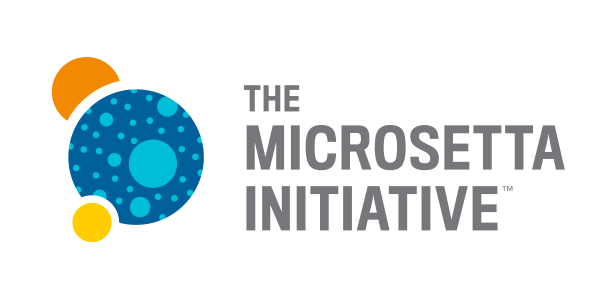Yup, true.A great question, and I wasn't there, so I don't know.
Modern hunter gatherers eat a lot of calorically dense wild grains and tubers (which are frequently available) and meat when they can get it. The latter is often in small amounts on average, or eaten for (rare) feasts. Fruit and greens are not very calorically dense, while still being nutritious.
Fruits, vegetables and greens are not calorically dense. I did a food diary Tuesday this week, day before yesterday I think, and I finally totaled it up.
It was a brutal 12 hour shift. I might have had two servings of oatmeal that morning, with 1/3 cup of fruit, and I am pretty sure I had two servings of fermented vegetables in a large pyrex lunch bowl that later had hot ramen poured in. I left those off because I am not sure. I don't remember how many power-ades I had, at least 2, maybe 4. It was not an ideal day to be scribbling in a food diary. 3 oz blue cheese dressing not tabulated unknown value, plenty more calories there I am sure.
I only had time for one large salad (about 90 calories) and one small salad, (about 45 calories). I have it totaled as 7.5 servings of vegetable, including 4.5 servings of dark leafy greens. So there is 130 calories. 2 oranges, 120 cal, and 8oz of carrot juice, 80 calories.
So 329 calories of good stuff, 8.5 veg and 2 fruit total.
I am not gaining weight, my energy level is terrific; but I took in at least 2826 calories on the day, and I got 2497cal of processed sugary calorie dense junk on the clipboard, like Tonkotsu ramen and 3 servings of Ben and Jerry's.
I brought in some starches today. One can of drained green peas (3.5 servings) with 1 can of drained mushrooms (1 serving) and 2 servings of prepared Madras lentils got me 5 starches and 1 veg (505 starch cal, 25 veg cal, 530 cal total) . I just dumped it all in a pan, heated up, a little black pepper and some tobasco, ate the whole thing, good satiety.
So I penciled out 10.5 servings of fresh fruit and veg = 329 cal
5 servings of plant starch= 505 calories.
So on my clipboard of food actually consumed starchy plants are coming in around 100 cal serving, fresh fruit and veg around 33 cal per single serving. The madras sauce on the lentils may be driving that upwards some.
I am sticking with the leafy greens and multicolored veg at 5 servings daily each. Up to three fruits, only one juiced.
Next step for me is to start replacing calorie dense garbage with calorie dense not garbage.
Step one is going to be learning to make Madras sauce as a tomato based pour over sauce for my home canned potato. My home canned potato come in around 292 gr (270 cal) per pint jar (~3 servings), but with "only" 1/4t added salt in each jar- about 25% of USRDA in three servings.
Step two will be coming with a food plan for working days around 3500 calories, and a second meal plan for days off that is commensurate with my activity level but still satisfying.





